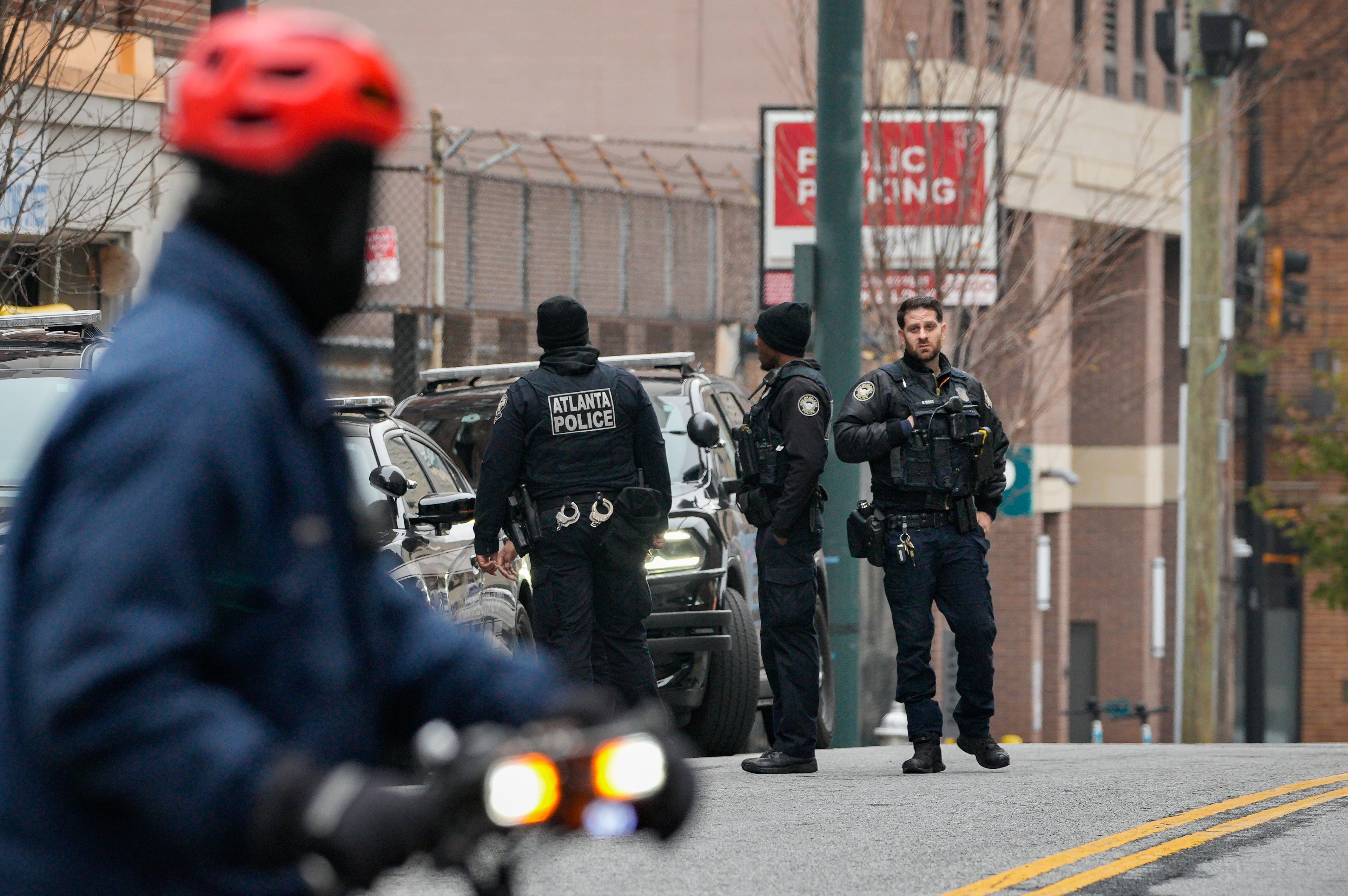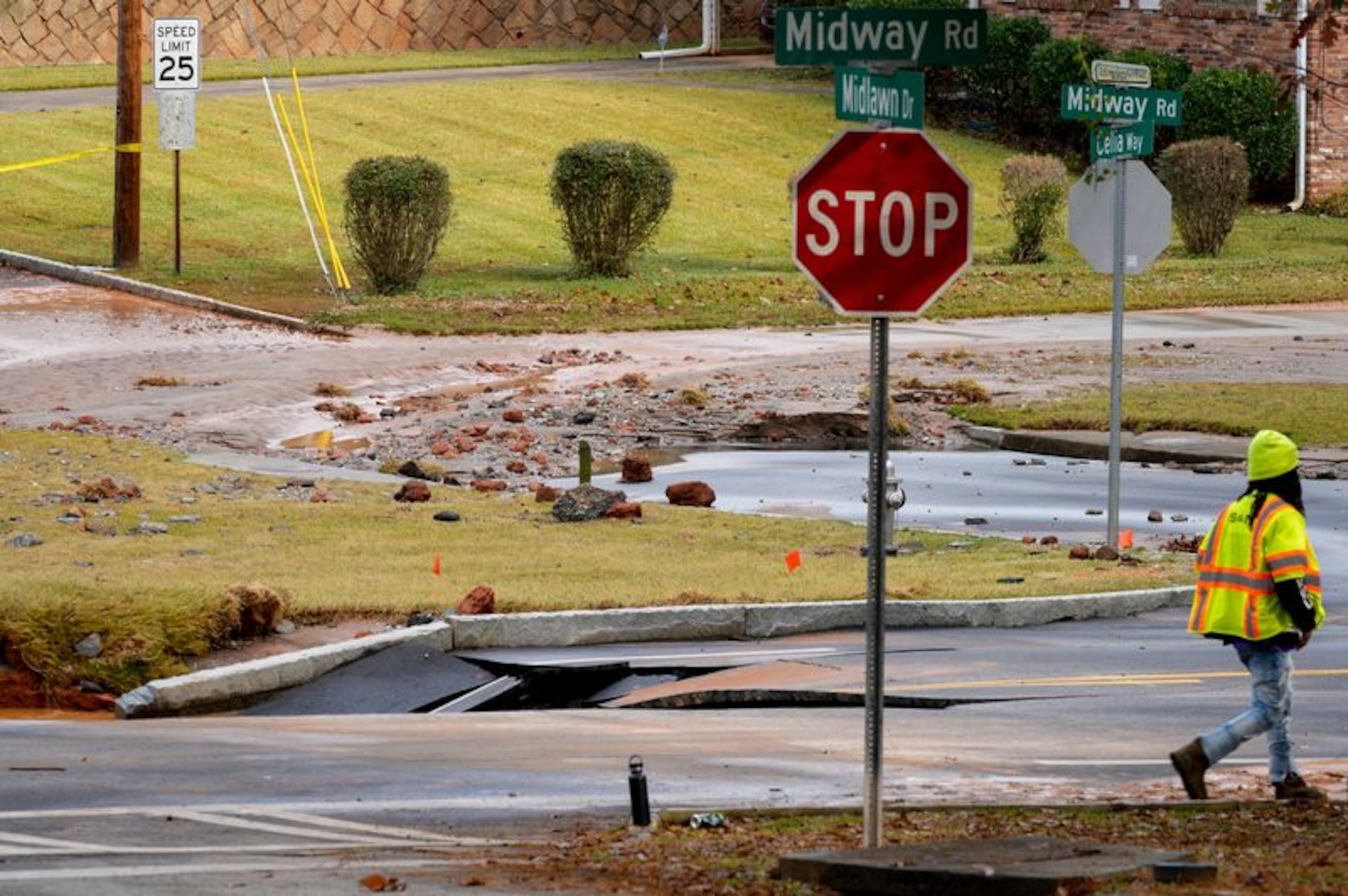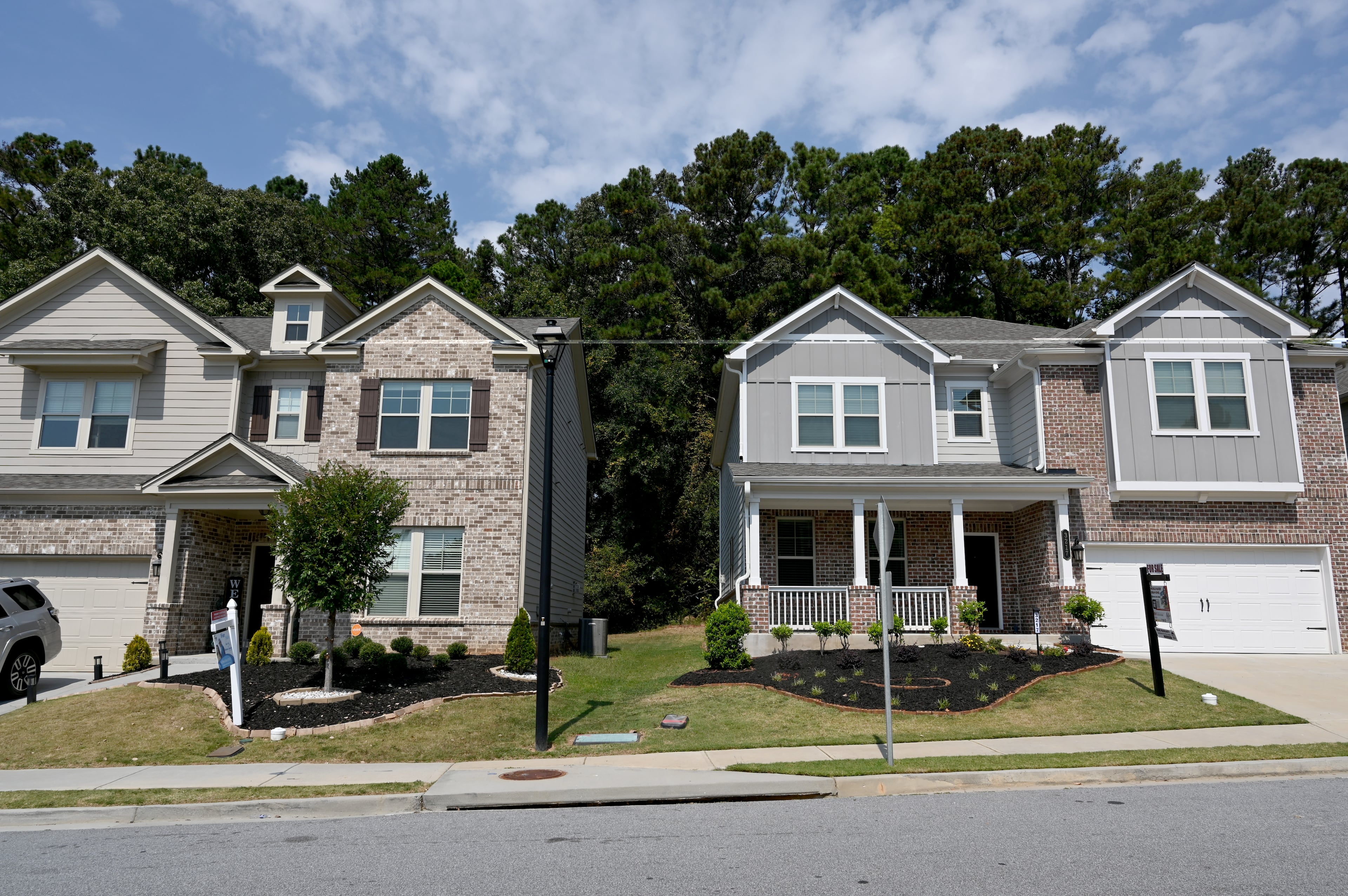Gridlock Guy: Why police departments respond differently to traffic issues
Flashing traffic lights are a fly in the ointment of commuting. They are not catastrophic, but they are just aggravating enough to cause real damage to a commute. This is especially true when police do not quickly respond to direct traffic. How law enforcement responds to flashing traffic lights, downed trees, or any kind of traffic control varies and many factors come to play.
During the morning rush hours on Aug. 5, 22 and 25, my 11Alive traffic partner Rachel Cox-Rosen, photojournalist Stephen Boissy and I covered traffic lights that were flashing red in Douglas County. All three were on Thornton Road — two at the Factory Shoals Road intersection and one at Douglas Hill Road. In no case did law enforcement come to direct traffic. In all three instances, delays on Thornton Road stretched for miles — much worse than normal.
I reached out to the Douglas Sheriff’s Office while the lights were out to make sure they knew about them and then later on asked why nobody came to the scene.
“It is really a case-by-case basis,” DSO spokesperson T.J. Jaglinsky told 11Alive and The Atlanta Journal-Constitution. “With the multiple lanes, it would have taken eight or nine deputies to direct traffic.”
Thornton Road is a big road, but the number of personnel they think they would need seems high. Nonetheless, Jaglinsky said that manpower is the reason they had to be judicious.
The Georgia State Patrol, which often handles traffic incidents for DSO, had similar reasoning.
“Post 4 must allocate its personnel and resources to the ongoing traffic crash workload, taking priority over traffic direction duties,” Georgia State Patrol Lt. Ed Starling explained. “When outages like these occur, we appreciate the public’s understanding and patience as the crews work to restore the signal’s function.”
GSP Post 4 and DSO both cover large areas and have to deal with numerous traffic crashes and crashes are immediate emergency responses. Incidents that need immediate help will trump the need for traffic control when departments’ staffs are stretched thin.
The City of Sandy Springs manages a much smaller footprint, but has been proactive in its 20-year existence, especially in traffic. The highly populated northern Fulton County suburb’s police department has a dedicated traffic unit of eight officers — five in traffic, two for DUIs, and one for hit-and-run investigations. Of course, other officers on different beats chip in when traffic demands near, say, the hospitals of Pill Hill (Johnson Ferry and Peachtree Dunwoody roads) or the construction zones of I-285.
Sandy Springs Police Dept. Public Information Officer Sgt. Leon Millholland said the department likes to be as self-sufficient as possible and has a top-down leadership style that demands excellence. That notion radiates into how SSPD and other city officials handle traffic.
“From City Hall, City Springs, we have a traffic management center,” Millholland explained, which he said contains hundreds of cameras and also engineers who work to re-time traffic signals around big events, traffic incidents, and even other amiss traffic lights.
Millholland also spoke of the city’s two traffic response vehicles, which are on duty at peak hours to help assist stranded drivers and to clear incidents.
Millholland explained another innovative tool in Sandy Springs’ traffic belt: the public. “We also have citizens on patrol. These are citizens, who have gone through the Citizens Police Academy.” And they can help direct traffic around downed trees, construction closures, and, yes, those pesky traffic lights.
The city buys into the idea that fixing smaller problems helps solve larger ones. They have a goal to reduce serious traffic crashes — those with major injuries — by 2% each year.
This is not to say that other jurisdictions do not believe this. Deploying large numbers of resources into a smaller area that has higher revenue is easier to do than in larger areas with smaller budgets per capita. But more can be done metro Atlanta-wide to prioritize traffic control.
One thing missing from the Douglas County conundrum was the idea that better controlling the nonemergencies, like those flashing traffic lights, can decrease the chances of emergency responses at crashes. Problems cause problems. Delays cause people to drive more erratically or make more mistakes along alternate routes they are not used to. People who are running late and are starting to panic and fume are also more mistake-prone.
Though limited by budgets and manpower, every agency should strive to be more preventive in dealing with traffic. And drivers can help the cause by being more careful.
Doug Turnbull covers the traffic/transportation beat for WXIA-TV (11Alive). His reports appear on the 11Alive Morning News from 6 a.m. to 9 a.m. and on 11Alive.com. Email Doug at dturnbull@11alive.com.



